Cracking the code to viral content is less of a guesswork and more of a scientific process rooted in content success forecasting. Exploiting this crucial method is the ticket to your next compelling campaign.
The age of throwing content to the wall and seeing what sticks is long over; data-driven strategies now dominate. It comes down to understanding how to forecast content success.
Yet, amongst this ocean of content, only a few reach viral shores. The secret? A precise approach towards predicting content performance.
Prepare to unravel this strategic secret and take your content from unnoticed to unstoppable. Stay till the end and savour the magic of mastering content prediction in scaling your marketing success.
Mastering the Art of Predicting Content Success
- How content success forecasting works
- Why data is integral in foreseeing content triumph
- Real-life success of content prediction
Understanding the Concept of Content Forecasting
Virality doesn’t come by fluke; it comes from meticulously planning, strategizing, and predicting -better known as content success forecasting. This concept revolves around proactively identifying the potential of your content to achieve desired business objectives.
It looks at several variables such as targeted audience behavior, engagement parameters, market trends, and historical performance. Implementing forecasting can drastically improve your campaigns, making them more target-oriented, efficient, and influential.

The Role of Data in Predicting Content Success
Data carries the power to turn your content from average to exceptional. By employing quantitative and qualitative data, you could achieve accurate content success forecasting. Analyzing parameters involving audience preferences, likes, shares, comments, or the time spent on content helps form patterns.
In turn, these actionable insights can guide your content creation and marketing strategies. Comprehensive data examination allows businesses to predict success with higher certainty and fewer risks involved.
Case Study: Successful Content Forecasting in Action
To comprehend the power of content forecasting, look no further than Flo Health’s marketing campaign. Leveraging data and predictive analysis, they could anticipate what their audience wanted, planned content relevant to their interests, and resonated with them in no time, thus leading to their campaign’s immense success.
This showcases the vitality of predicting content success -it’s a tool that can turn the game in your favor when employed correctly.
Here, there’s no wizardry involved; it’s the right amalgamation of understanding, analyzing, and predicting which drives content towards success. The role of data and successful instances make it evident that mastering the art of predicting content success isn’t an option; rather, it’s a necessity.
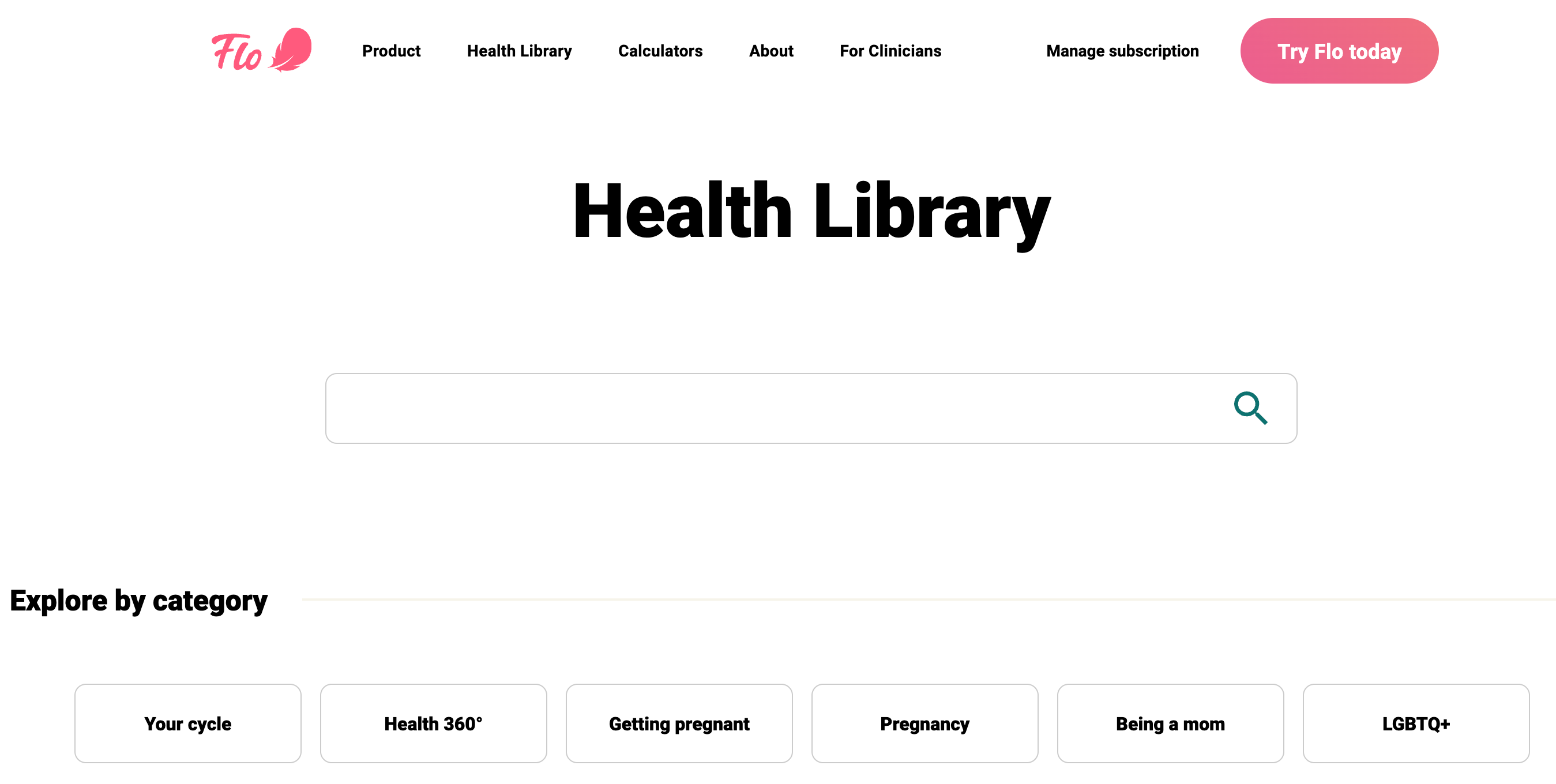
SEO Success Forecasting: Your Secret Weapon
- Unravel the strong link between SEO and content success.
- Decipher ways to employ SEO data for precise content forecasting.
- Discover SEO tools that effectively facilitate content success forecasting.
The Connection Between SEO and Content Success
SEO maintains close ties with content success. This isn’t breaking news. But why is this relationship so strong? It traces back to search engines and their execution.
Search engines aim to provide users with the most relevant, helpful results based on the search query. To do this, they employ complex algorithms that assess various factors, and your content’s SEO directly affects this ranking.
SEO-friendly content is simply more visible. The higher your content appears on search results pages, the more traffic it receives, hence increasing the potential for engagement and shares – the primary markers of content success. So, if you want your content to be a hit, prioritizing SEO is a no-brainer.
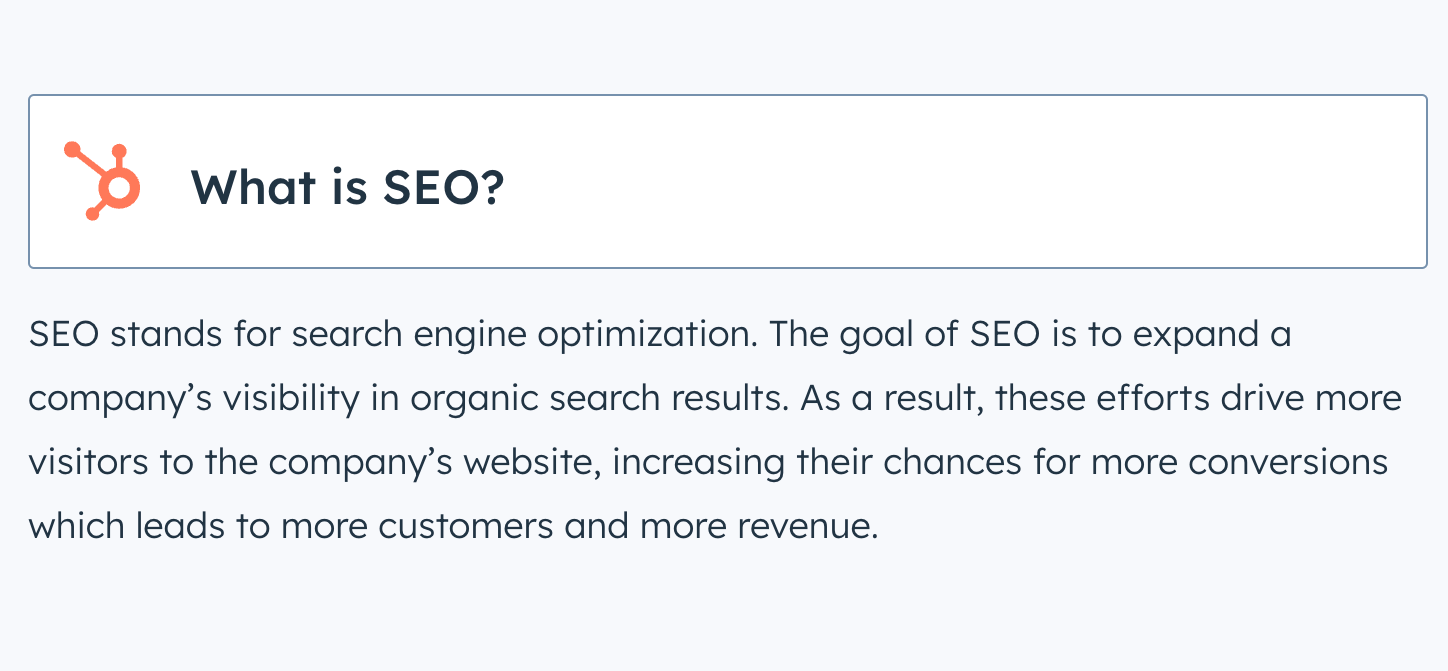
How to use SEO Data for Content Forecasting
Knowing the SEO and content success connection is useful, but how can we leverage this for future blog posts or online articles? It turns out SEO data is a rich source of strategically useful nuggets. You can sketch out a plan for your future content by examining elements such as:
- Popular keywords: Identifying the keywords your audience commonly searches for can give you a peek into their needs and interests, allowing you to craft content that aligns
- Your competitor’s best-performing content: By executing competitor analysis, you can see what your target audience is most interested in.
- Current top performing content: The ones with the most shares, backlinks, or sustained organic traffic, lets you figure what type of content resonates best with your audience.
SEO data thus serves as a powerful tool to forecast content success, informing your decision making and allowing you to produce more impactful and engaging content.
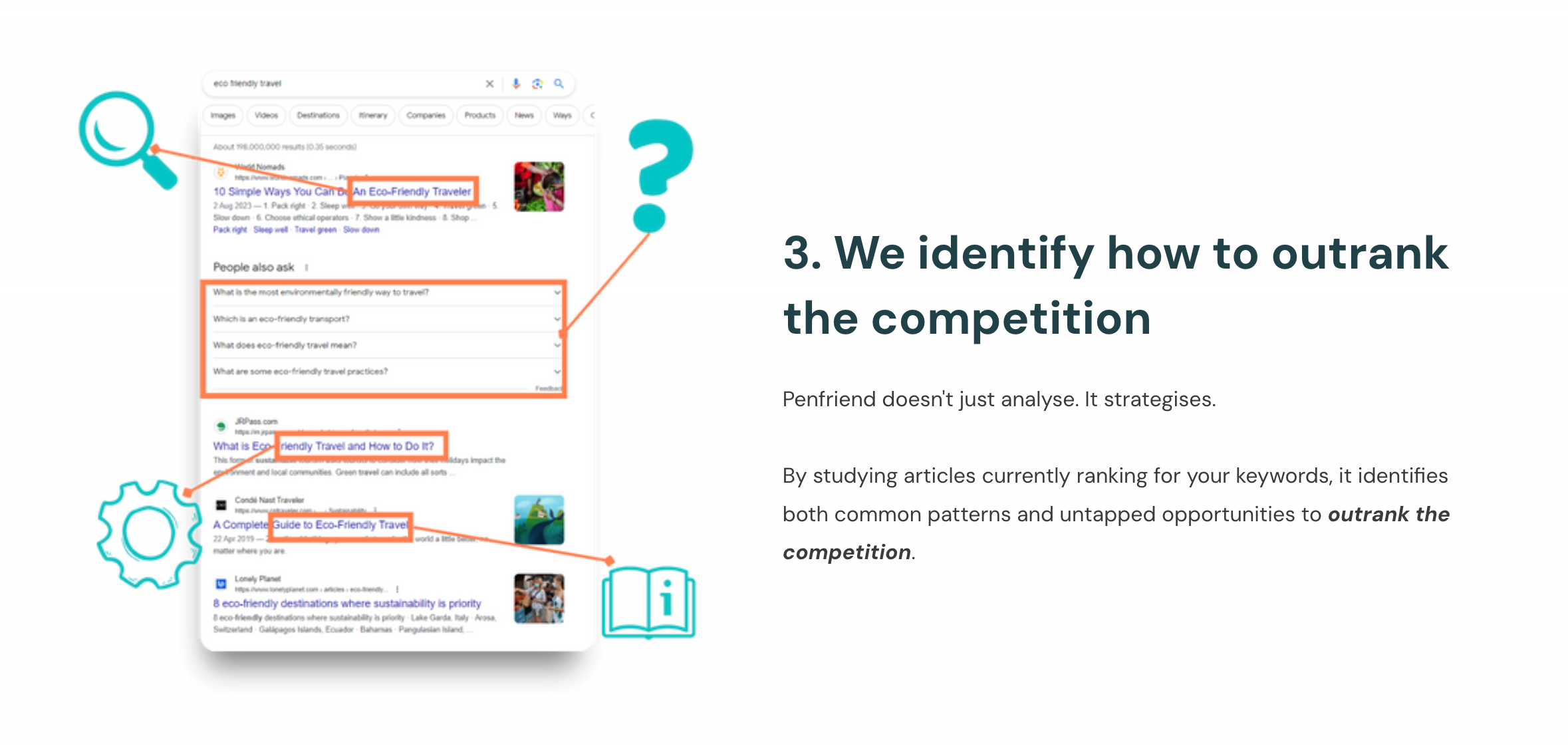
SEO Tools That Can Aid in Content Success Forecasting
There exists a wealth of SEO tools that can significantly simplify content success forecasting. Tools like SEMrush, Ahrefs, and Moz bring SEO data to your fingertips, making it easier to analyze and interpret this data. They not only provide insights into your current SEO performance but can predict future trends and suggest optimization strategies.
These tools allow you to:
- Identify popular keywords
- Understand your current SEO status
- Analyze backlinks
- Study your competitors
- Provide content ideas
By harnessing these SEO tools, you effectively nudge your content onto the track to success.
Unveiling Marketing Forecasting Techniques for Content Success
- Marketing forecasting has a key role in content strategy
- Diverse techniques fuel content success
- Real-world scenarios showcase the impact of marketing forecasting
The Cornerstone: Marketing Forecasting in Content Strategy
To power content strategy, market research and forecasting surfaces as an essential partner. It springs from the ability to predict future market conditions based on an analysis of historical data and market trends. In regards to content, it shifts the content-making from a guessing game to a strategic play. With every content piece tethered to a forecasted outcome, it’s about control, not chaos.
Think of it as a compass, directing all content towards a goal. With this strategic mapping, brands draft and deploy content that resonates with their target audience. It aligns market demands with the content narrative, ensuring the material is relevant and impactful.
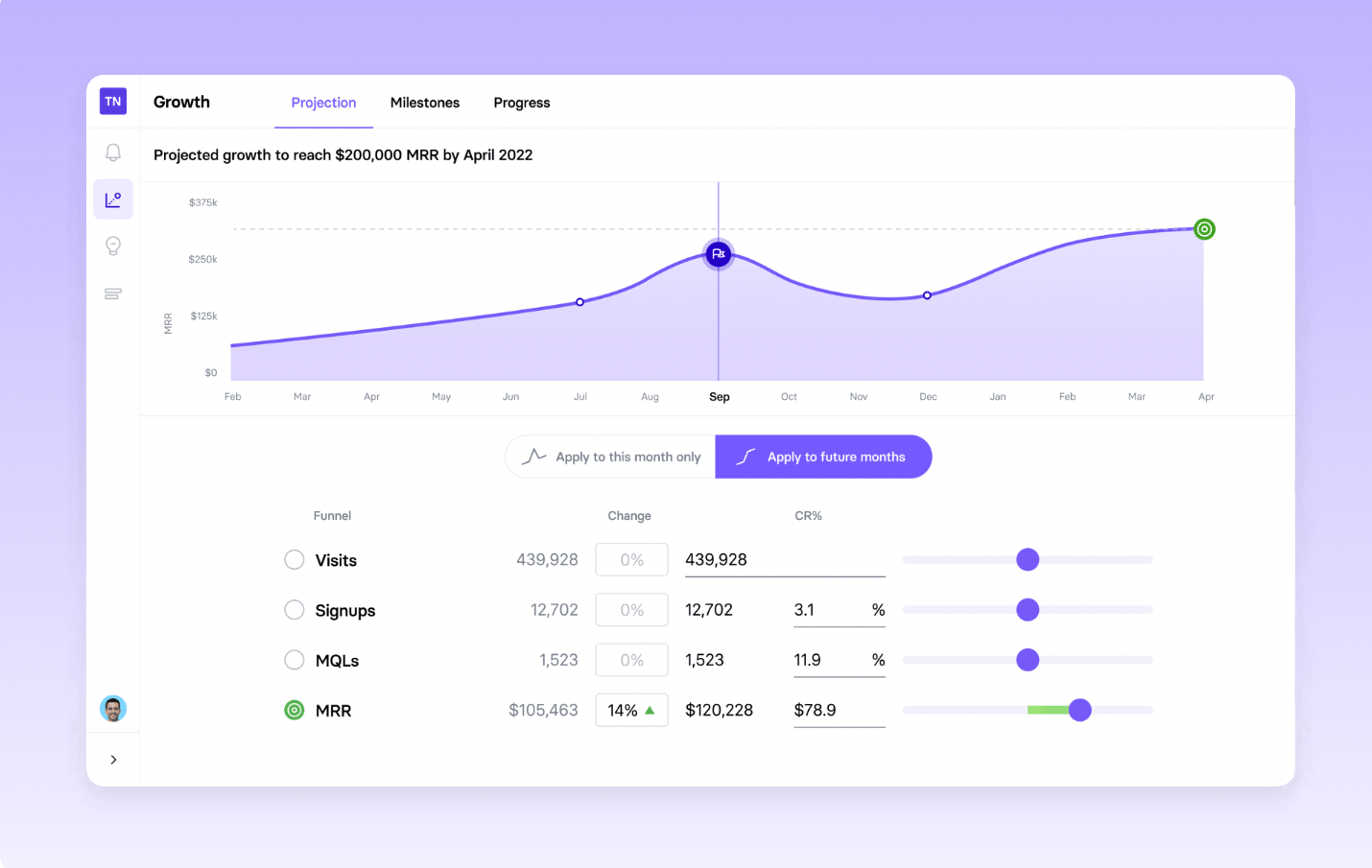
The Toolbox: Marketing Forecasting Techniques for Content Success
An array of marketing forecasting techniques breathe life into content strategy. Three principal methods are time-series analysis, causal models, and qualitative forecasting.
- The Science: Time-series analysis relies on past data patterns. In terms of content, it means understanding what worked before and how it may, with some tweaks, work again.
- The Relationship: Causal models, on the other hand, explore the relationship between variables. Say, for example, the number of blog views and user engagement rate. By mapping these relations, content makers can craft materials that trigger desired outcomes.
- The Instinct: Qualitative forecasting leans on expert opinions. It might embrace focus groups or Delphi analysis to glean insights into consumer behavior. While less mathematical, it’s a necessary piece of the puzzle.
The Proofs: Real-world Examples of Marketing Forecasting Driving Content Success
Marketing forecasting is active in all corners of the business world. Some success stories elevate its relevance.
- Google’s Viral Content: In order to amp up its Meet product amid the shift to remote work, Google relied heavily on forecasting. They recognised the surge in need and tailored their content to fit, resulting in a dramatic increase in user engagement.
- The IKEA Catalog: IKEA took a different route and shut down its annual catalog after a forecasting revealed a significant decline in readership. This strategic transition saved unnecessary expenses and helped focus on more effective channels.
Packed with multiple techniques, marketing forecasts empower creators to carve out strategic, potent content. It’s about shaping up content that aligns, resonates, and converts. Time to switch from guessing to knowing. Remember, in a cluttered landscape, focused, data-driven content will carry the day.
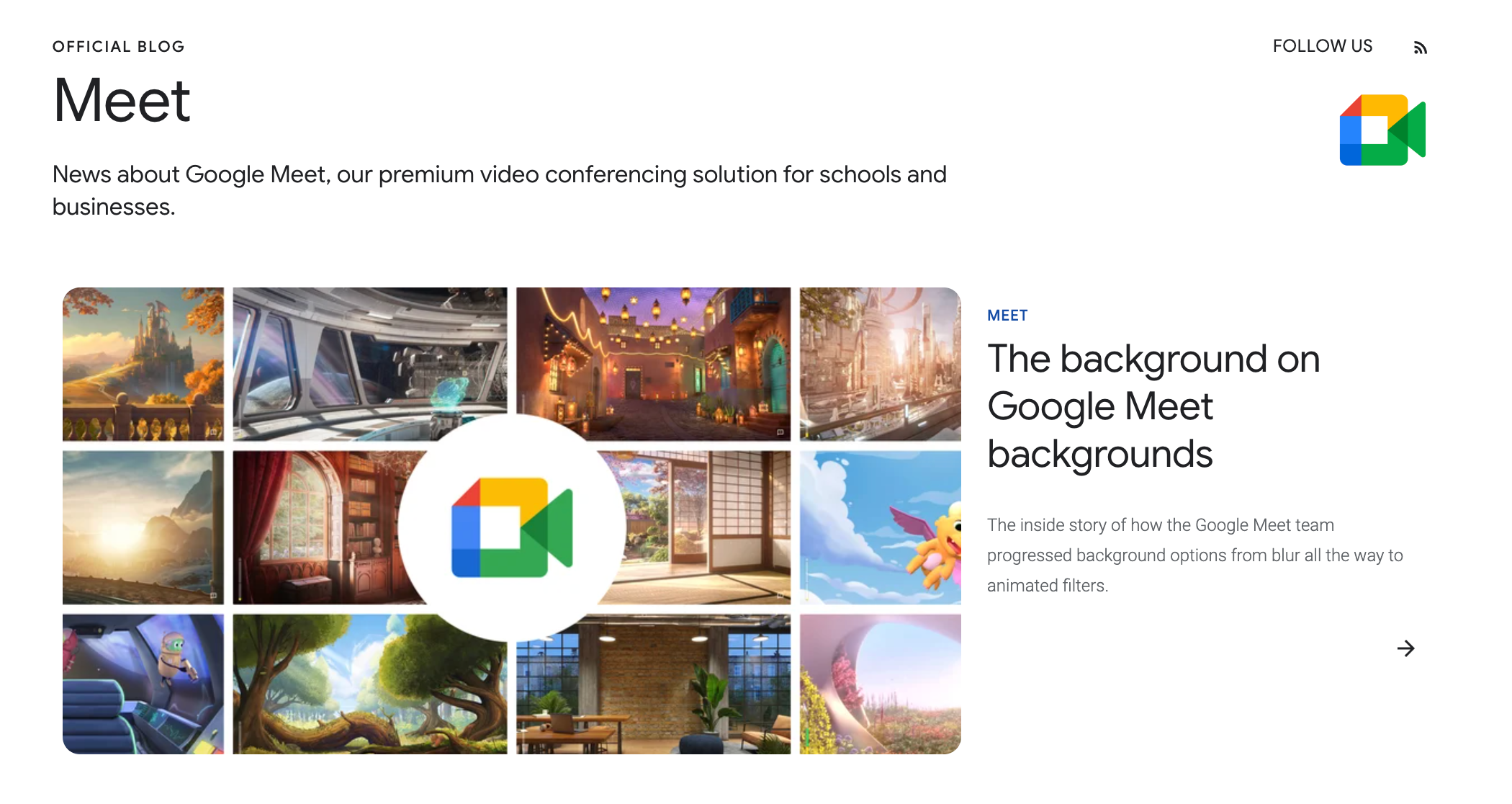
Content Performance Metrics: The Backbone of Forecasting
- Unpacking the primary metrics that fuel content performance
- Harnessing data analytics for predictive marketing
- Tools that simplify metric tracking and analysis
Identifying Key Content Performance Metrics
Content performance metrics provide tangible indicators of your campaign’s pulsating heartbeat. They effectively measure the impact of the content strategy and offer qualitative and quantitative assessment. Some key metrics include:
- Audience engagement: Monitoring audience engagement is no more rocket science but a bare basic necessity. It includes tracking likes, comments, shares, and other interactions. Higher engagement signifies resonating content and stronger brand familiarity.
- Time spent on page: This metric uncovers how connected and invested is your audience with the content. Shorter durations could indicate lack of audience interest, content relevance, or poor user experience.
- Traffic sources: Knowing where your website visitors come from can give you deep insights into your target audience and where best to focus your marketing efforts.
- Content reach: This will show whether your current strategy is paying off. It’ll help you identify strong and weak areas of your content strategy, which in turn will determine your next steps.
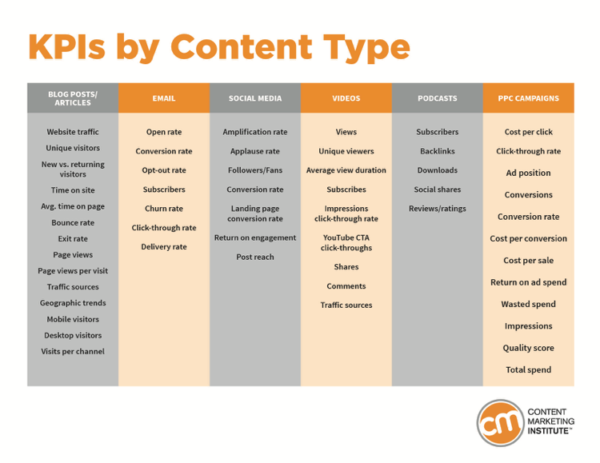
How to Analyze Content Performance Metrics for Forecasting
Deciphering the story told by content metrics feeds into forecasting future content strategies. Wield the power of data analytics to analyze metric patterns over time. Revelations from this analysis should guide:
- Content creation
- Platform selection
- Publishing schedule
- Resource allocation
Data-Driven Decisions
Data-driven decisions direct your marketing strategies on more solid ground. Understanding the content consumed, the platforms favored, and the prime time for publication shapes a more fitting content strategy. Moreover, it helps predict consumer behavior, enabling you to lean into preferences and maximize chances of engagement.
Predictive Analytics
Predictive analytics helps prepare and not merely react to market movements. It allows you to anticipate future trends and consumer behavior. Tracking content performance metrics and their patterns, a model for future marketing strategies can be designed. It won’t promise a viral campaign every time, but it definitely promises better preparedness.
Tools for Tracking and Analyzing Content Performance Metrics
With a heap load of data, analytical tools are allies you can’t afford to overlook. Google Analytics, SEMrush, or Buzzsumo, these tools offer valuable insights into how your content is performing. They track:
- Audience behavior
- Referral sources
- Engagement metrics
- Competitor analyses
Hello there, social listening tools! These unassuming heroes tune into your audience’s conversations. They help to understand overall sentiment towards your campaign, making it an essential tool for the content forecast puzzle.
Standing rigid on the shores of marketing strategies won’t ensure success. Adjusting sails based on the wind, or data in our case, is how one navigates to the island of virality. Content performance metrics and their analytics are the seafaring tools and maps. And understanding them is comprehending the language of the sea. So bon voyage! Sail toward success with data as your trusted compass.
Viral Content Strategies: The Road to Content Success
- Discover the factors that make content viral
- Learn strategies to craft content with viral potential
- Understand how viral content strategies can bolster your success forecasting abilities
Understanding the Anatomy of Viral Content
Content that goes viral is no accident. It’s a direct result of understanding audience needs, the idea of share-worthiness, and the strategic placement of a compelling call-to-action.
To understand its anatomy, envision viral content as a blueprint of factors working in perfect synergy. This blueprint comprises:
- Emotionally driven content: Emotion-driven content connects with the audience on a personal level, evoking feelings of joy, anticipation, or even amused disbelief. These strong emotional connectors make content memorable and lead to it being shared widely.
- Relatability: A piece of content becomes viral when audiences can relate to it at a deep level. This connection often stems from shared experiences or universally understood concepts. Relatability fuels discussions, creating a ripple effect that results in content going viral.
- Novel ideas and a strong element of surprise: Novelty stimulates interest. Uniquely presented concepts or unexpected story points in content can create a sense of intrigue. This, coupled with the element of surprise, can serve as a perfect combination to make content viral.
Viral Content Strategy
Crafting a piece of content with viral potential isn’t a guaranteed science, but when executed with calculated efforts it can rake in significant results. The strategy involves these three key elements:
- Gaining In-Depth Audience Knowledge: To strike the right chord, a thorough understanding of the target audience is essential. Their preferences, pain-points, and informational needs should drive the creation of viral content.
- Crafting Content for Shareability: The ultimate goal is to spur the audience to disseminate the content. Keep in mind elements of accessibility, ease of sharing, and the incorporation of socially engaging features like quizzes or open-ended questions to boost audience engagement.
- Effective Distribution: Viral content requires efficient distribution across various platforms. Strategic planning, the use of influencers, or sponsored content can aid in ensuring the right reach and visibility.
Viral Content Strategies and Content Success Forecasting
Integrating viral content strategies can prove beneficial when forecasting content success. Viral content strategies provide signals and behavioural patterns of the audience that can be utilised for future content planning and marketing campaigns.
Understanding these patterns help in predicting future content performance and planning for risk mitigation. Hence, building a cohesive strategy that combines the potential of viral content with the science of success forecasting can pave the way for your next campaign’s triumph.
And That’s the Forecast, Folks!
Successful content isn’t about pure luck, it’s about strategic planning and predictive analytics. The understanding of content success forecasting not only bolsters your marketing strategy but also capacitates your business to launch viral campaigns with precision.
You now have the details on how to forecast content success, from analysing your past content performance to understanding the nuances of your audience behaviour and interests. But having the knowledge isn’t enough, applying it is the real deal. So why not start applying this knowledge to your next content strategy?
Isn’t there a past campaign that you think could have performed better with this insight? Can you spot the trends and patterns that could have pushed it towards virality?
So, take those insights and start crafting. Here’s to your campaign becoming the next internet sensation. Now, it’s your move. Don’t predict the future, create it!

